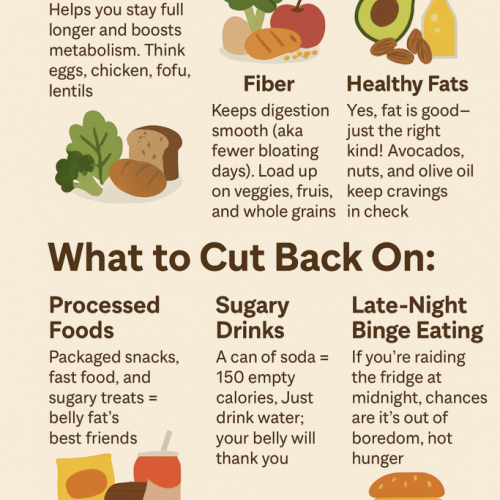Written with Sarah Williams
How to get out of fight or flight

Do you ever feel like your nervous system is stuck in a sympathetic or fight and flight response? Do your thoughts race? Does your breath feel quick and shallow? Does your heart feel like it’s pounding in your chest? Do you have difficulty allowing yourself to rest?
Even if you only have mild versions of any of the symptoms described above, you may have difficulty finding rest. For a yoga practitioner, that may mean meditation, restorative poses, and savasana are really difficult to practice – especially for any length of time.
However, your body has a few built in reflexes and hacks that we find absolutely essential in creating conditions for relaxation and deep rest.
This is a preview of our upcoming Practices of Rest: Restorative Yoga Teacher Training
Try these six out and let us know how it goes in the comments below.
Exhale for Calm
It may seem counterintuitive, especially when it seems ingrained in us to maximise our inhale and intake of oxygen, but if we really want to calm down we should focus on breathing out. That means less repetitions of breath, and longer exhales. This lengthened exhale can trigger a relaxation response to calm a fight or flight response[i] and decrease heart rate[ii]
Simple ways to do this include consciously slowing the breath with an extended count, doubling the length of the exhale, or inserting a pause after the exhale.
Elevate your Heart (Baroreceptor Reflex)
The baroreceptor reflex helps decrease blood pressure and heart rate and promotes parasympathetic tone to your nervous system when you increase the pressure to the carotid arteries of your neck. This happens in yoga when we elevate the pelvis or heart relative to the head in a simple inversion. However, even lying down will help.[iii]
Simple ways to do this include:
- savasana
- supported bridge
- legs up the wall
- legs up the chair
Cover your Eyes (Oculocardiac Reflex)
The oculocardiac reflex will slow down your heart rate when you apply pressure on and around your eyes. Similar to the above, this is also associated with a parasympathetic shift of your nervous system.[iv]
A simple way to do this is to get yourself an eye pillow or even a folded washcloth and apply as an eye covering.
Massage Your Head (Cranial Nerve Stimulation)
The cranial nerves serve a key nervous system function in communicating and interpreting social cues for safety – they innervate the face, the eyes, the mouth, the nose, the throat and more. They govern how we signal to others our emotional states and similarly receive signals from those around us. When there is residual tension in these regions, this can be a symptom or cause of nervous system distress and negatively impact our social function. In other words, it can lead to anxiety, depression, and isolation.[v]
Let’s remember that yoga doesn’t stop at the shoulders and spend some time communicating kindness, care, and release of tension to our cranial nerves. We guarantee you’ll feel the benefits really quickly and remember a light touch it all it takes!
There is so much to do but a few simple ideas include:
- Massage of occiput and scalp
- Massage at forehead
- Massage at temples and jaw
- Massage around eyes
- Massage around throat
- Vocalise with humming or ‘ah’ sound
Massage Your Abdomen
A lot of things are happening when you gently massage your abdomen with your hands or a soft fitness ball. Most importantly, you are bringing compassion and care to a frequently vilified part of your body. This change of approach and attitude is profound.
Additionally, you are mobilising abdominal fascia that is frequently stuck. When we mobilise this region, the diaphragm (which shares fascia with our abdominal muscles we so frequently want to tighten up) can move up and down freely to do its job to help you breathe more deeply, which MAKES EVERYTHING BETTER.
The touch and movement can help facilitate digestion and improve immune function (there’s a lot of lymph down there that likes to move) and, lastly, we are sending signals to the vagus nerve that a vulnerable part of us is safe and ok, which is going to help us find a relaxed state in our nervous system.[vi][vii]
Simple ways to do this include:
- Use your hands to gently rub clockwise in your soft belly tissue
- Use a fitness ball underneath or on top of you to mobilise the same region
Rock & Roll
Rocking is extraordinarily calming. Ask any parent about the effect of rocking children to sleep. It’s something we just know. Research suggests it might have to do with stimulating our vestibular system[viii] in a slightly mysterious way and synchronising brain waves into patterns associated with sleep[ix].
What’s important to us is that it works.



